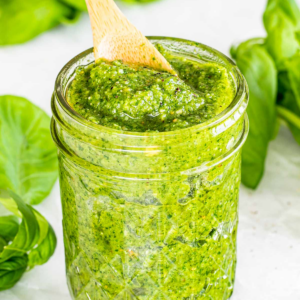Tacos, one of the most iconic and beloved dishes of Mexican cuisine, are much more than just a simple street food—they are a cultural treasure, a symbol of Mexico’s rich culinary heritage, and a versatile dish that has captivated taste buds worldwide. With their humble origins, endless variety, and vibrant flavors, tacos represent the heart and soul of Mexican food.
The Origin of Tacos: A Culinary Journey Through History
The history of tacos dates back to ancient Mexico, long before the arrival of the Spanish conquistadors. The word “taco” is believed to come from the Nahuatl word “tlahco,” which means “half” or “in the middle,” referring to how the food is placed in the middle of a tortilla. Corn, the primary ingredient in tortillas, was a staple crop for the indigenous peoples of Mesoamerica, and the practice of wrapping food in tortillas has been a part of Mexican culture for centuries.
Tacos as we know them today began to take shape during the 18th century in the Mexican silver mines. Miners would wrap gunpowder in paper like a taco, and the term “taco” was used to describe this small, portable meal that provided them with sustenance during long workdays. Over time, the taco evolved into a popular street food, with vendors offering a variety of fillings wrapped in soft, warm tortillas.
The Tradition of Tacos: A Reflection of Mexican Culture
Tacos are an integral part of Mexican culture and daily life. They are a dish that transcends social classes and can be found everywhere, from street corners to high-end restaurants. The versatility of tacos allows for endless creativity, with each region of Mexico putting its unique spin on the dish, showcasing local ingredients and flavors.
In Mexico, tacos are not just a meal—they are a social experience. The tradition of gathering around a taco stand, sharing stories, and enjoying a freshly made taco is a cherished part of Mexican life. Tacos are often enjoyed at any time of the day, whether as a quick breakfast, a hearty lunch, or a late-night snack. The communal aspect of eating tacos is what makes them so special, fostering a sense of connection and camaraderie among those who share the experience.
The Preparation of Tacos: A Symphony of Flavors and Textures
The beauty of tacos lies in their simplicity and the quality of their ingredients. A traditional taco consists of a tortilla, usually made from corn, and a filling, which can vary widely depending on the region and personal preference. The tortilla, often handmade, is the foundation of the taco and is typically soft, allowing it to fold easily around the filling.
The fillings are where tacos truly shine, offering a kaleidoscope of flavors and textures. Some of the most traditional fillings include carnitas (slow-cooked pork), al pastor (spit-grilled pork marinated with achiote and pineapple), barbacoa (slow-cooked beef), and chorizo (spicy sausage). Vegetarians also have a wealth of options, with fillings like grilled cactus, roasted vegetables, and beans.
Tacos are often topped with an array of fresh ingredients, such as chopped onions, cilantro, lime juice, and various salsas, ranging from mild to fiery hot. Each topping adds a layer of flavor and texture, enhancing the overall taco experience. The salsas, in particular, are essential to the taco, offering a burst of acidity, heat, and freshness that complements the richness of the filling.
Characteristics of Tacos: A Celebration of Mexican Flavors
Tacos are a dish that delights the senses. Visually, they are colorful and inviting, with the vibrant greens of cilantro, the bright reds of salsa, and the golden hues of the tortilla and filling creating a beautiful contrast. The aroma of tacos is equally enticing, with the smoky scent of grilled meats, the freshness of lime, and the earthy fragrance of corn tortillas all coming together to create an irresistible combination.
The flavor of a taco is a perfect balance of ingredients, each component playing a vital role in creating a harmonious whole. The tortilla provides a soft, slightly sweet base, while the filling offers richness and depth of flavor. The toppings add freshness, crunch, and a burst of acidity, while the salsa ties everything together, offering a punch of heat and brightness that elevates the entire dish.
In conclusion, tacos are much more than just a popular food—they are a reflection of Mexico’s rich culinary traditions, its love for fresh, flavorful ingredients, and its deep-rooted culture of communal dining. Whether enjoyed from a street vendor in Mexico City or recreated at home, tacos are a celebration of Mexican flavors and a testament to the country’s vibrant culinary heritage.





